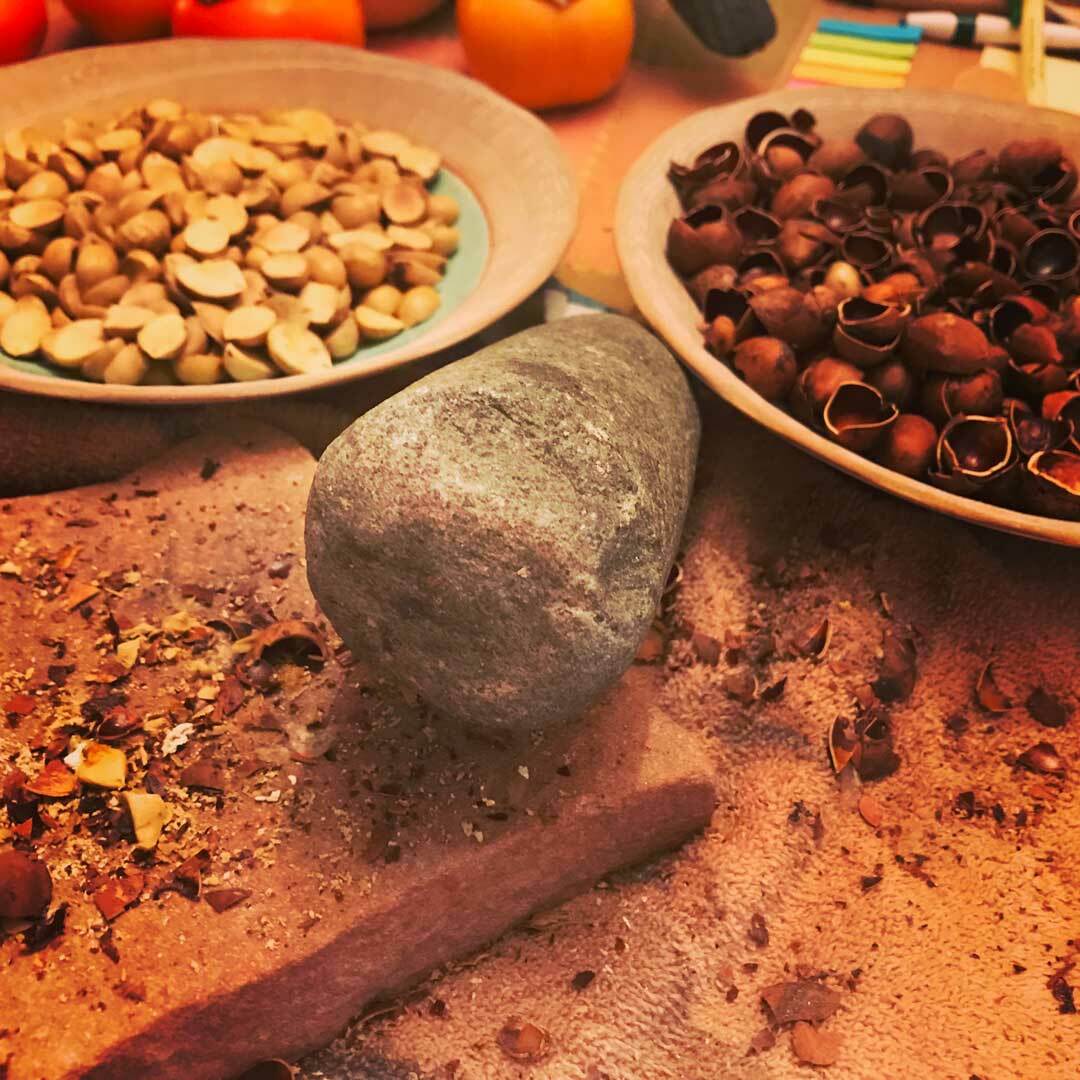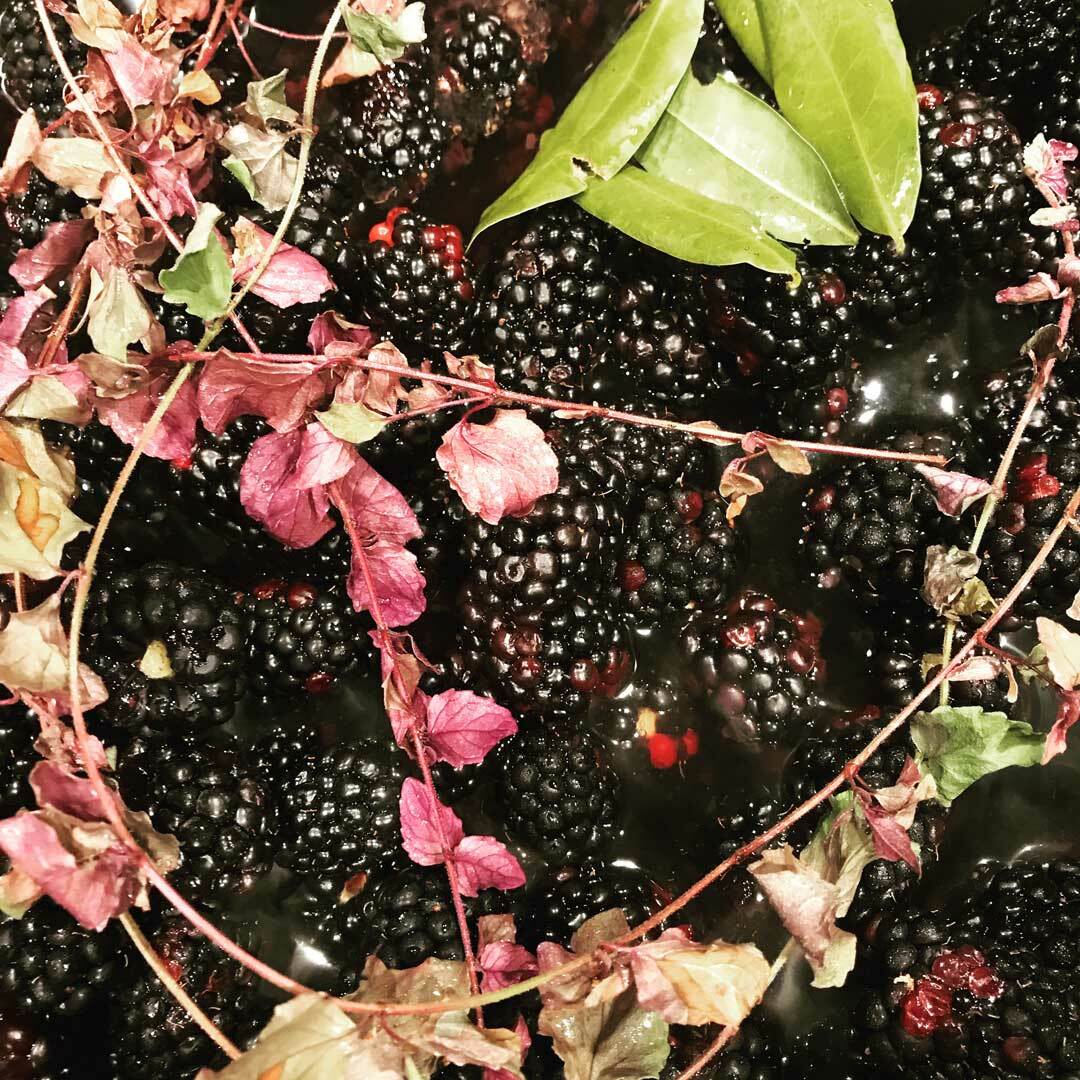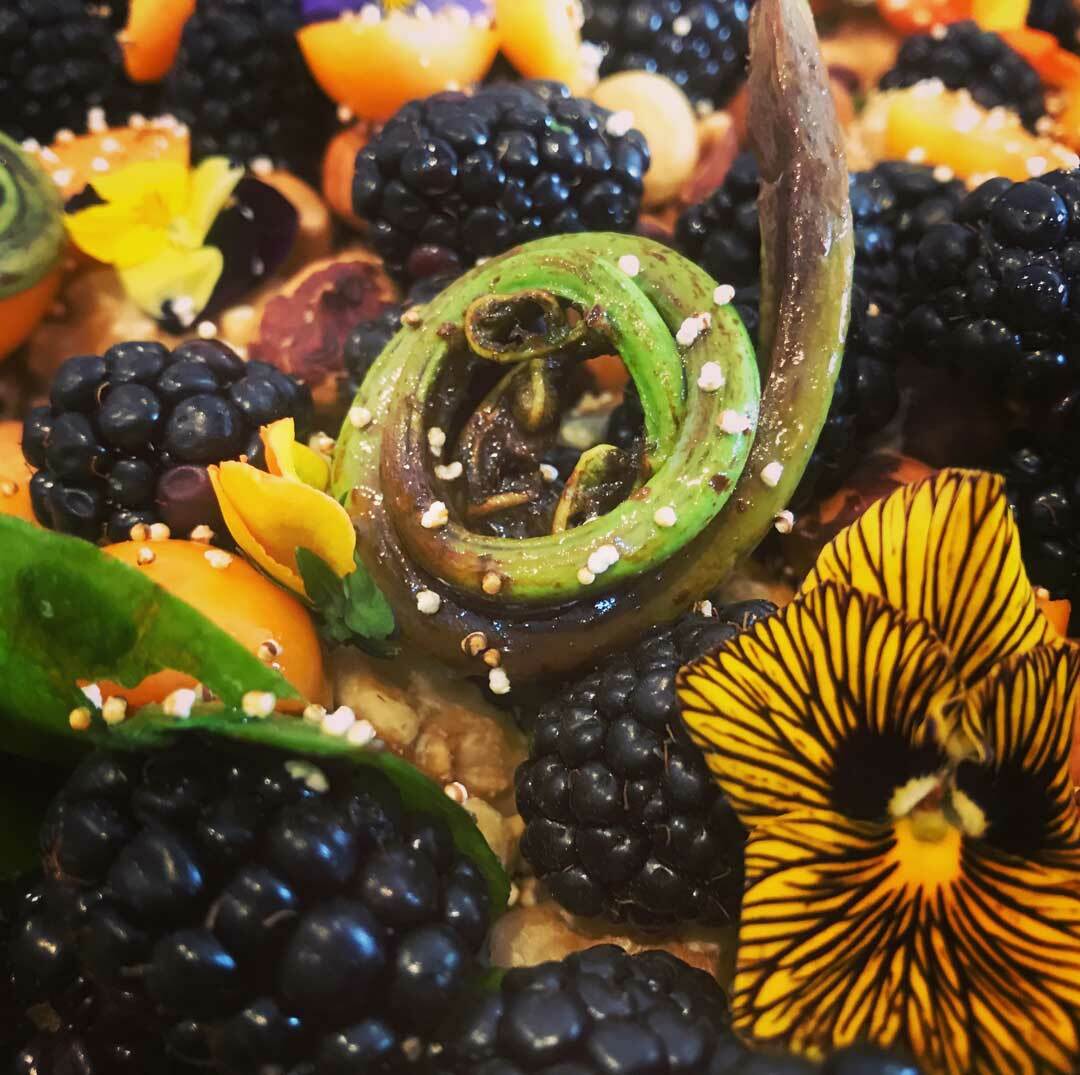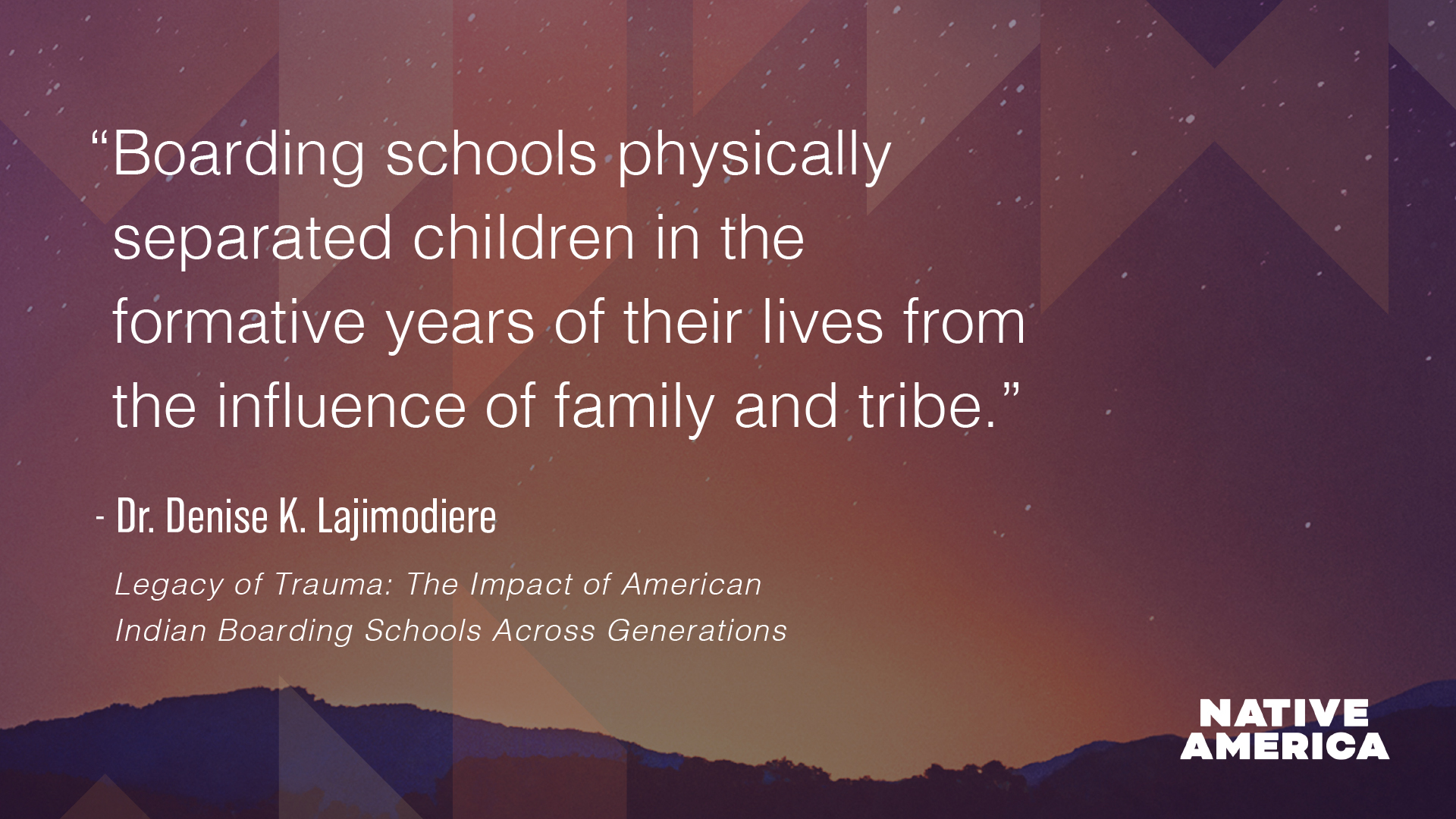Make Ohlone Salad
Editor’s Note: The opinions expressed are solely those of the authors.
The East Bay is our home; the home of my community, the Muwekma Ohlone Tribe. In spite of all the hardships and challenges our people have faced (and continue to face) during colonization, no generation of my family has been born away from of this ancient, beloved place that we descend from — stretching back into our Creation time. We still live and thrive here to this day.
Colonization attempted to suppress every aspect of our Ohlone culture; from language to basketry, from religion to even our very names. Colonization also attempted to break us from our cuisine, our foods that are rooted in the homeland. Our ancestors had undeniable strength, and refused to surrender the things they cared the most about — that is what makes revival of these old ways possible.

Louis, his community from the Carmel Valley, and myself work hard — along with our elders and members of our communities to bring these old ways back into existence. We resist the theft of land and suppression of our culture by finding ways to honor our people from before, strengthen our contemporary identities, as well as ensuring future generations will not have to work quite as hard to revive, so that these meaningful cultural ways can continue as they are intended to. We are seeing this come true, as young people grow up with Chochenyo and Rumsen Ohlone languages in their lives, Ohlone foods on dinner tables again, story come back home, our values revived, and our connection to homeland strengthened. This is a collective effort, it’s not just us — we are voices in a chorus of many. Our Creator and our ancestors are the guiding forces.
Part of this effort also means that we find we have to speak out, loudly, to demonstrate our continued existence. Sometimes this can be difficult because we have seen what happens when Indian people speak out; we are often belittled and told our truths do not matter by larger society. Echoes of people angrily and dismissively telling us ‘it’s the past,’ and ‘get over it’ are common, even in the ultra-progressive bubble of the Bay Area. It’s not the past, and we are not over it. Far from it. Healing takes time, and the efforts to destroy us, while not successful, left tangible pain that is still felt.
With our ancestors as a model of survival, we persist. We find the courage to speak out.

In an effort to have a public face for the community work being done, Louis and I opened up Cafe Ohlone last September. Cafe Ohlone is currently operating as an Indigenous supper club, meaning we announce our hours on Twitter every week and are open at least two days a week. Each day that we operate the Cafe, we engage in meaningful conversations and dialogue with those who attend, all centered around delicious Ohlone cuisine, in a space where our culture and language are highlighted. We serve rooted dishes, meaning that they come from specific areas of the East Bay and the Carmel Valley where mine and Louis’ families come from. In these dishes, every ingredient has story, meaning, and language connected with it.
The salt we gather comes from an old salt gathering region on the shoreline of San Francisco Bay, in an area known as Halkin-Irhin where my direct ancestors come from and where I grew up. The acorn bread that we make is an old recipe from ethnographic notes recorded in the 1930s from Louis’ Rumsen Ohlone community, from Isabel Meadows, a Rumsen Ohlone elder sharing this information even while wishing she had some to eat then. The purslane added to salads is in homage to my great-grandmother, Mary Archuleta, who loved this plant and was the last generation of my family to gather traditionally, before the revival. The Ohlone teas we make remind us of our elders from both of our families, who in their youngest years saw these Indian teas as commonplace on the stovetops of their homes.
The food we make is paired together, several smaller courses make up a full meal — all with their own unique, rich flavors that sometimes contrast with one another. This is our way of eating. A typical plate might include venison that has been smoked for hours while wrapped in minty yerba buena and served with a sweet bay laurel and blackberry sauce; this would be on the same plate as a grain-free hazelnut flour biscuit and a deep, earthy valley oak acorn flour soup, along with an Ohlone salad of watercress, woodland sorrel, pickleweed from the marshland, carmelized gooseberries, huckleberries, black walnuts, freshly roasted hazelnuts and a bay laurel and walnut oil dressing. On that same plate might be a handful of seasonal Native blackberries or woodland strawberries, if available, and a pinole seed cake – a brittle of native seeds coated in caramelized local honey. These mixtures of lightly sweet and savory, earthy and seasonal foods are common in our way of eating. Every plate is paired with locally gathered Ohlone teas that are seasonally available at the time.

It is our hope to create beautiful Ohlone cuisine that allows us to be closer to those before us and to honor the legacy we inherit from them. Our primary goal is always the wellness of our Ohlone communities. We also hope to educate non-Indian people about who we are, as the Indigenous people of the East Bay and Carmel Valley. We hope to dispel negative stereotypes through actively demonstrating the vibrancy and beauty of Ohlone culture, and especially the deep and living connections we have to our homelands. We hope to raise awareness to people who are not indigenous to California what the true culture and cuisine of this beautiful and ancient place really is.
Food is connected to every other aspect of our culture and as we eat our traditional foods, woven together with Ohlone language and story while being present in our homeland we are closer to those old ways and our ancestors, who are wholeheartedly loved. When we eat well together we strengthen our Ohlone identity and we are fueled to keep our culture strong and thriving.
In Chochenyo language, the oldest language of the inner East Bay, we say holše mak-nuunu our story is beautiful, ṭuyye mak-muwekma our people are strong, ‘ayye makiš haššemak horše mak-muwekma hemmen ṭuuxi and we do good for our people everyday.
Ohlone Salad

Ingredients
- watercress
- sorrell
- purslane
- pickleweed (also called sea beans)
- roasted hazelnuts
- piñon nuts
- half shell walnuts
- gooseberries
- blackberries
- huckleberries (when available)
- popped amaranth
- walnut oil
- edible, native flowers
- elderberry juice
Directions
- Mix together spicy watercress, purslane and sweet sorrel with juicy blackberries and gooseberries. We add fiddleheads and pickleweed sautéed in walnut oil with SF Bay salt, hazelnuts, pinon nuts, walnuts, and popped amaranth. Lastly, we dress our greens in walnut oil and elderberry juice.
Video, photos and essay produced by PBS member station KQED, in collaboration with PBS Food. See the full photo gallery from this essay and find more recipes at the PBS Food Native America collection.



